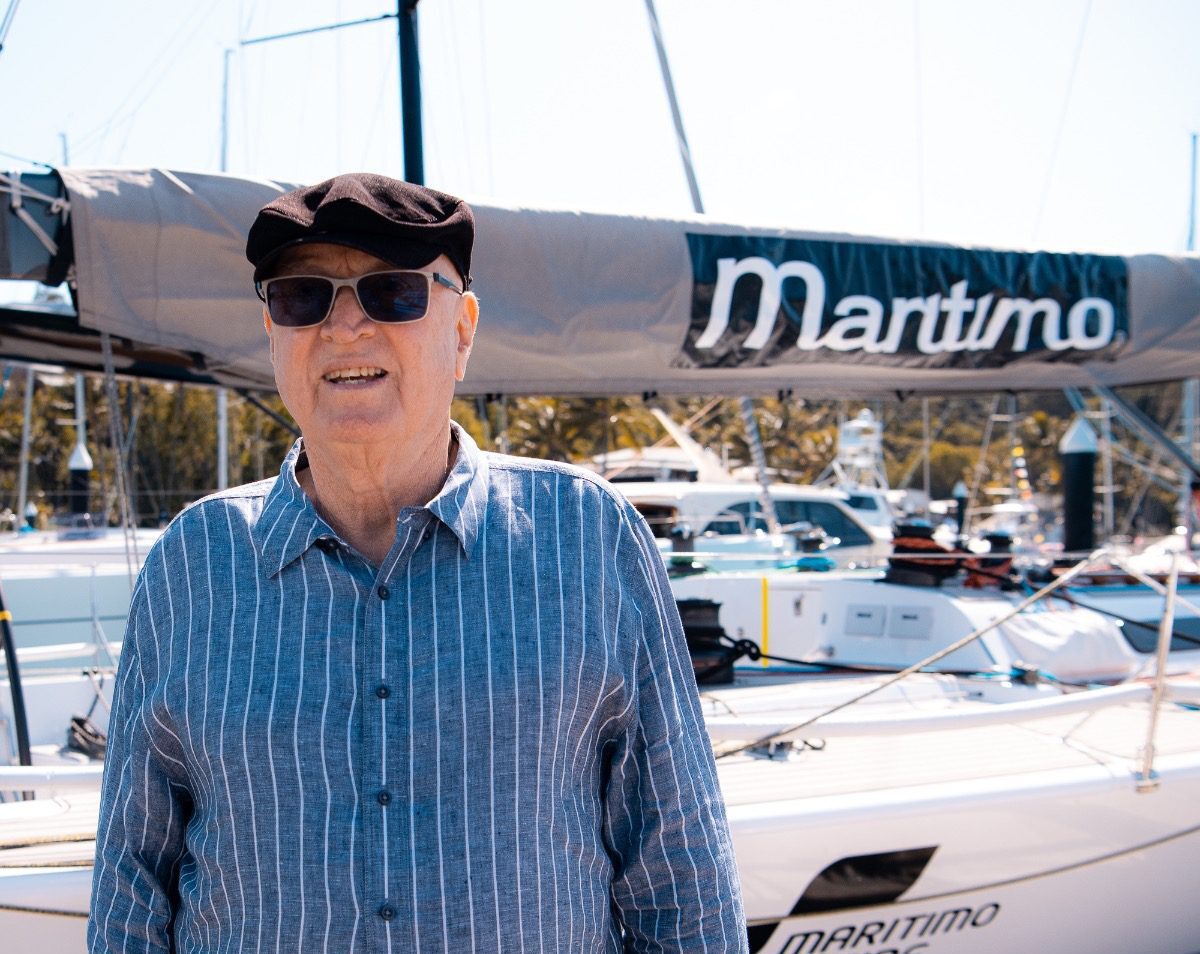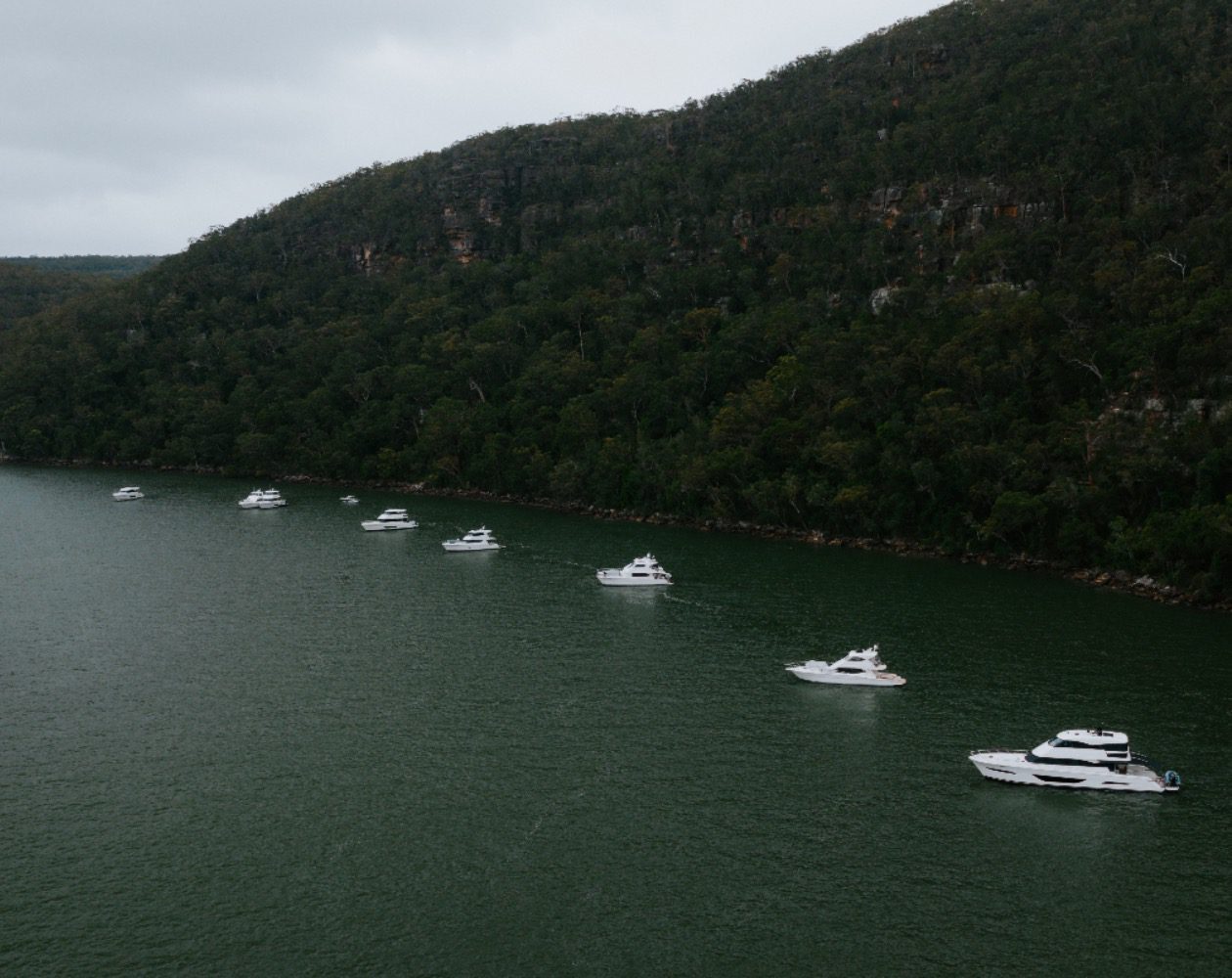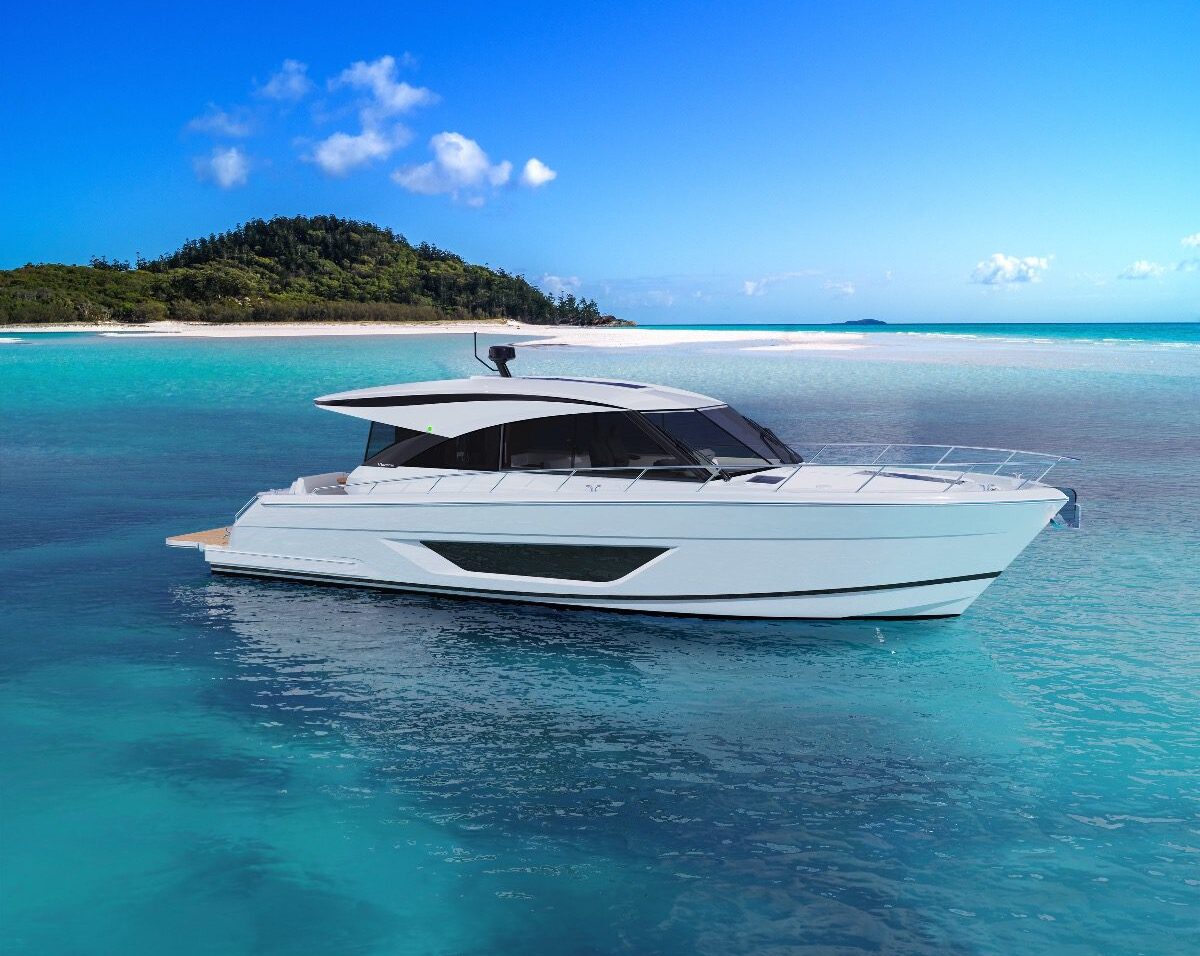Charting a Course: For experienced Skippers a safe and enjoyable journey starts well before slipping the lines.
In an era dominated by intuitive electronics as standard fare on many luxury, ocean going motor yachts including Maritimo, it’s tempting to believe that voyage planning is as simple as dropping pins on a chart plotter and hitting ‘go’. The reality, of course, is far more nuanced – and critical to safety, confidence, and overall enjoyment whilst at sea, and at anchor.
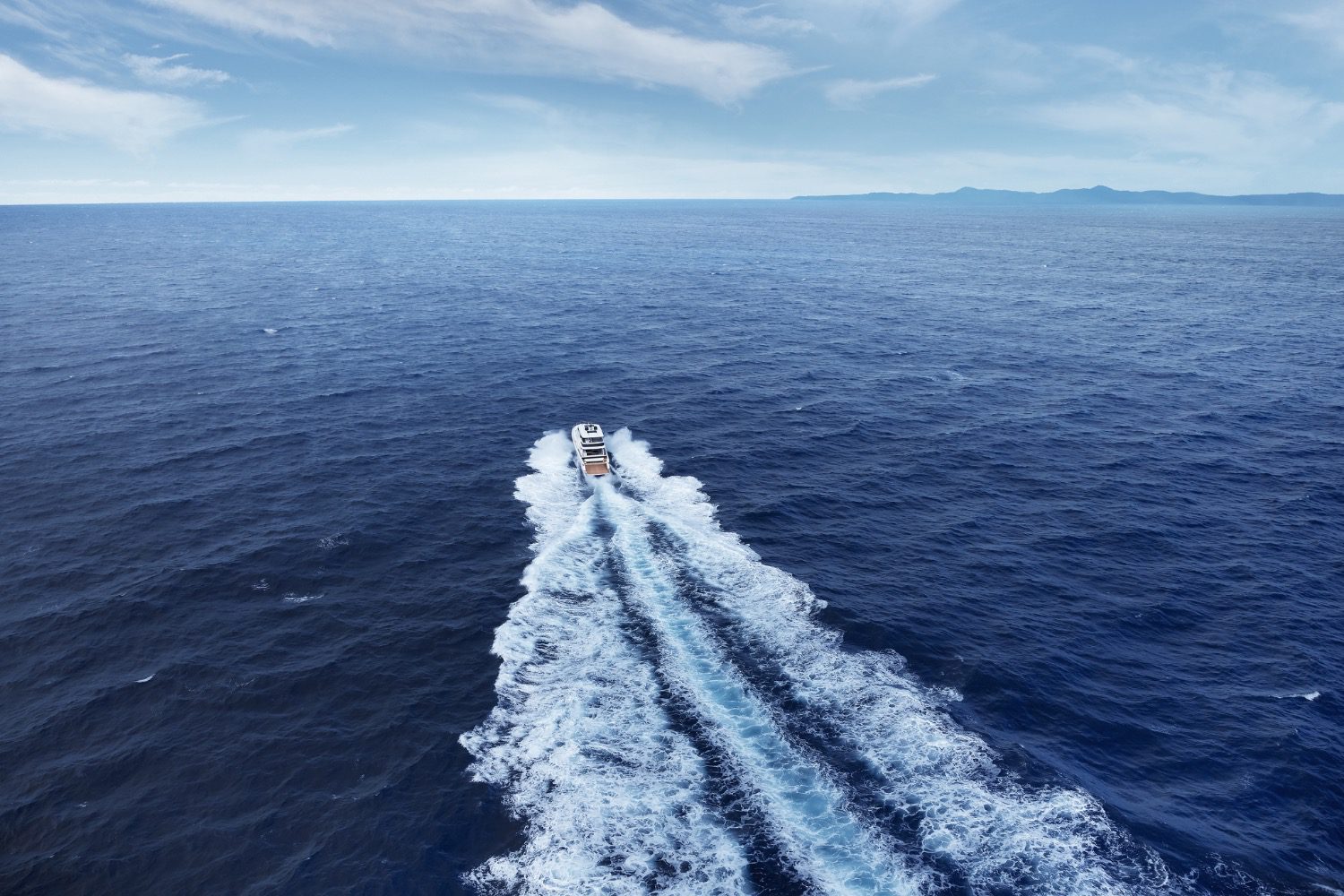
Charting a course may sound like a technical function of marine navigation, but in truth, it’s a holistic process that encompasses everything from high-level vision to on-the-day decision-making. Whilst modern navigation systems, integration and powerful onboard electronics have brought incredible accessibility and sophistication to the bridge, it may have the propensity to lure some skippers into a dangerous sense of ease. Good planning isn’t just about drawing lines on a screen – it’s about building layered situational awareness long before slipping the lines on the vessel.
Too often, owners rely on their on-board tech as though it were a Smartphone, expecting turn-by-turn guidance without truly understanding the underlying data. One pressing issue is that many users fail to regularly update their digital charts. In the paper chart days, skippers knew to take their folios ashore for corrections. Today, despite the digital convenience, updates are still frequently neglected, which introduces significant risk, especially in unfamiliar waters.
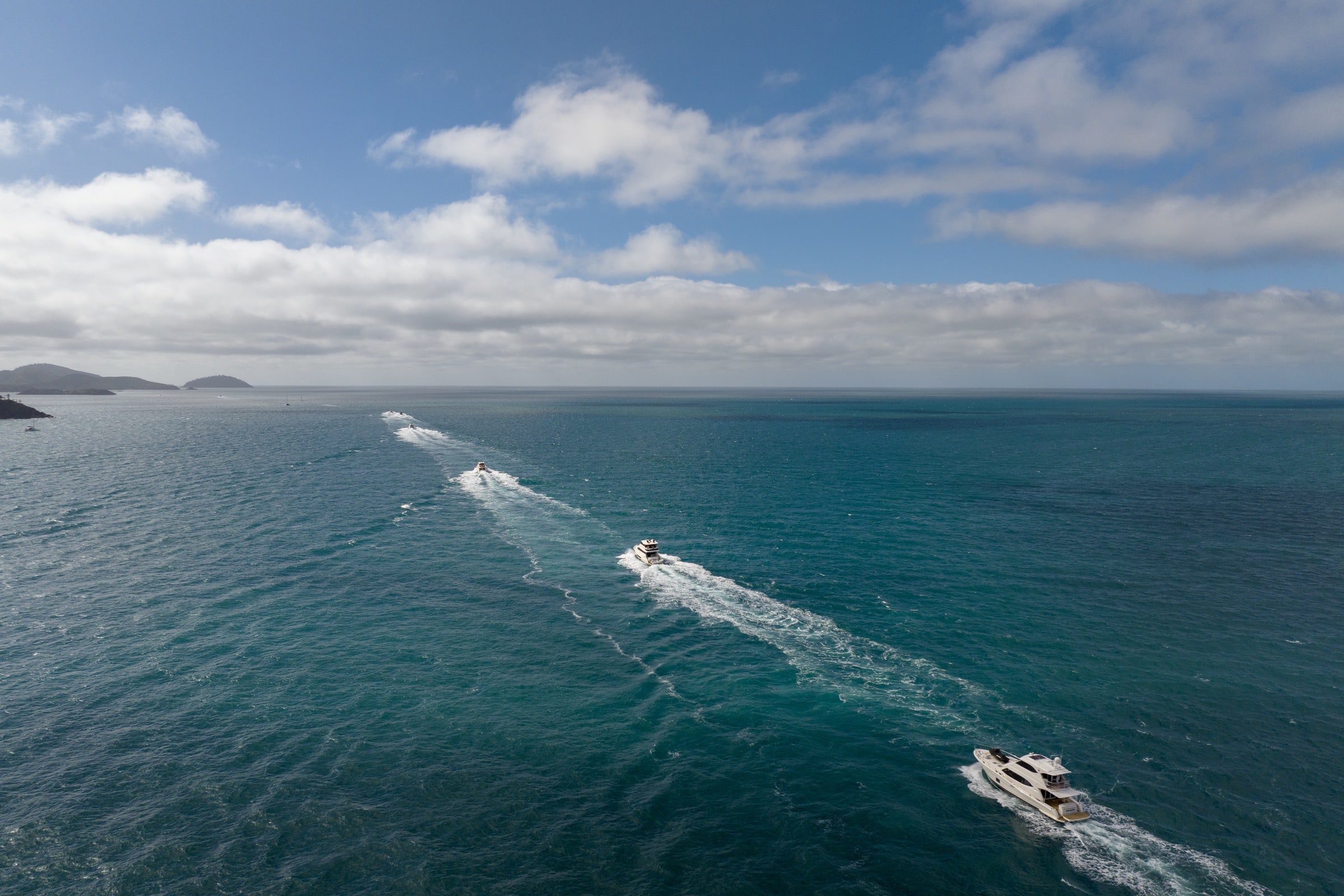
Captain Sleeth, a seasoned mariner with extensive global experience, describes his approach to voyage planning as ‘starting high and slowly zooming in’. Whether it’s a transoceanic journey, or a two-week run through the Greek islands, his method remains consistent: begin with the big picture – distances, weather windows, known obstacles – then refine the plan down to specific bays, fuel stops, anchorage reviews, bottom compositions, and marina approaches.
This deliberate narrowing of focus ensures that each leg of the trip is anchored in purpose, but with built in flexibility. It’s also where planning transforms from charting a course to creating a roadmap for comfort and safety for all on board.
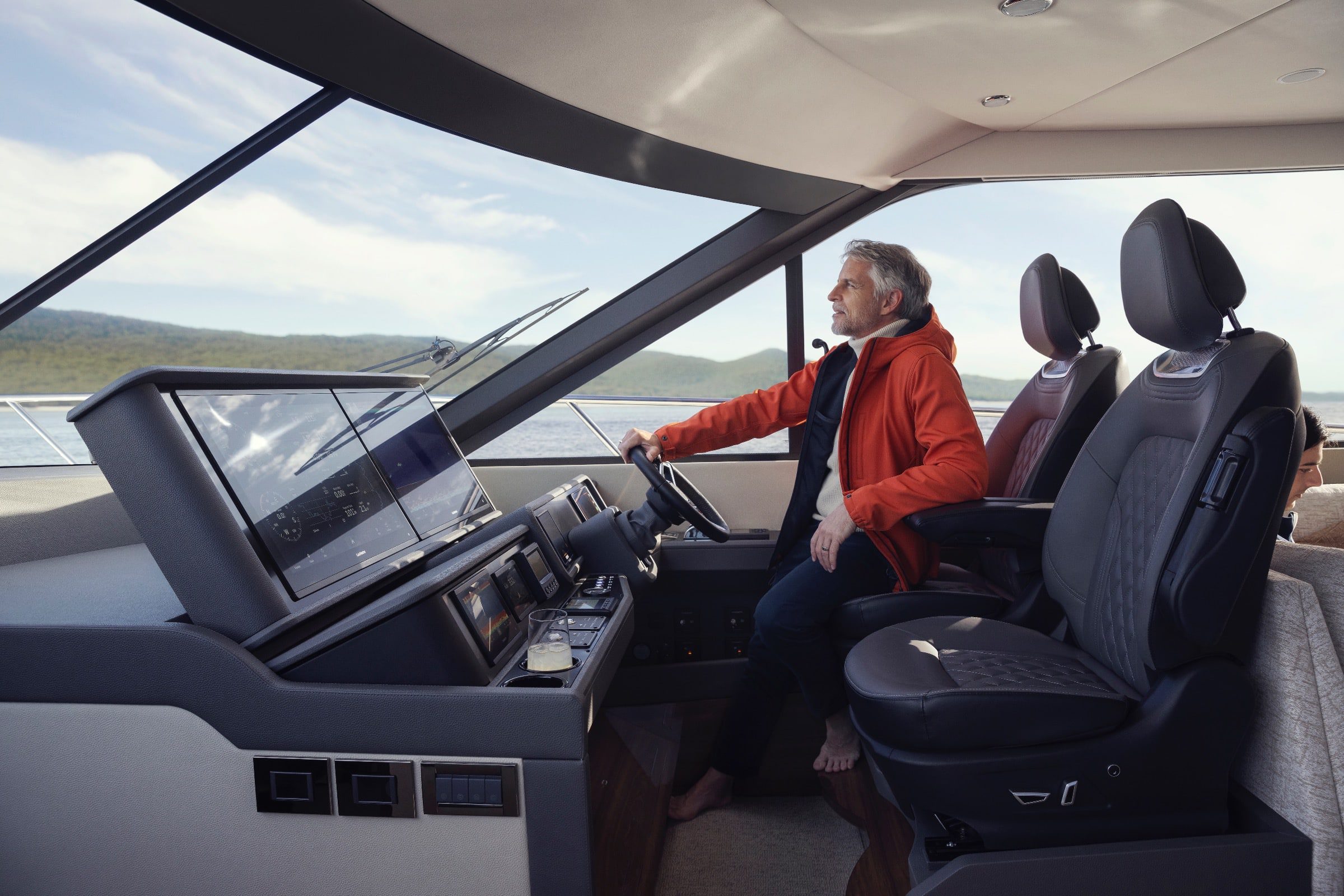
“I always assume something’s going to go wrong,” Sleeth says. “So, I want to know what my bailouts are. I want to know the bottom composition. I want to know whether there’s shelter from a northerly and a southerly.”
One underutilised aspect of modern passage planning is the sheer wealth of crowd-sourced knowledge now available via apps, forums, and chart overlays. Platforms allow skippers to read first-hand accounts of local facilities, ferry wash timing, or even the best time to arrive at a marina to avoid obstacles such as heavy jet ski traffic. It’s like reading Airbnb reviews for anchorages.
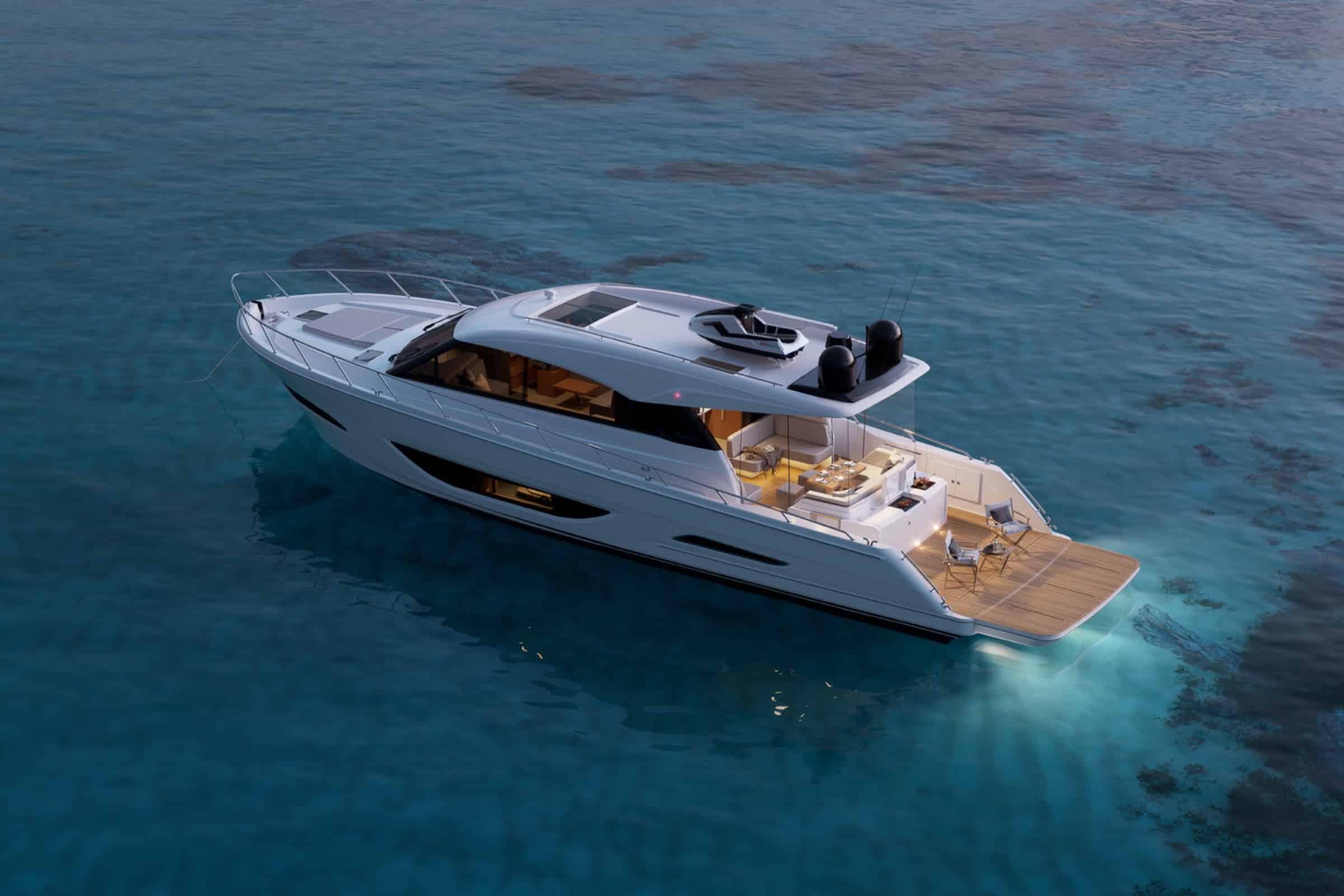
These seemingly small details can make a major difference and reduce the stress factors for the skipper, crew and guests. For instance, leaving an anchorage just before the 9am ferry arrives can prevent an unpleasant wake that may become uncomfortable, or knowing that a bay has poor holding in weed might prevent a stressful, late-night anchor drag.
“It’s all about gathering as much information as you can for a full picture. For weather, I use Predictwind or Windy, and I even have a weather meteorologist and global yachtie who’s based in the UK to assist. We hire him for the weather forecasting for long passages, as a backup plan for Predictwind. It’s the cheapest insurance you’ll ever buy,” Sleeth added.
Despite the dominance of digital tools, physical resources still hold value. Books are available which categorise marinas, VHF channels, and local services by region, and remain trusted companions. For some, a well-marked paper chart and a notebook can also bring a sense of clarity and redundancy that electronics alone can’t provide.
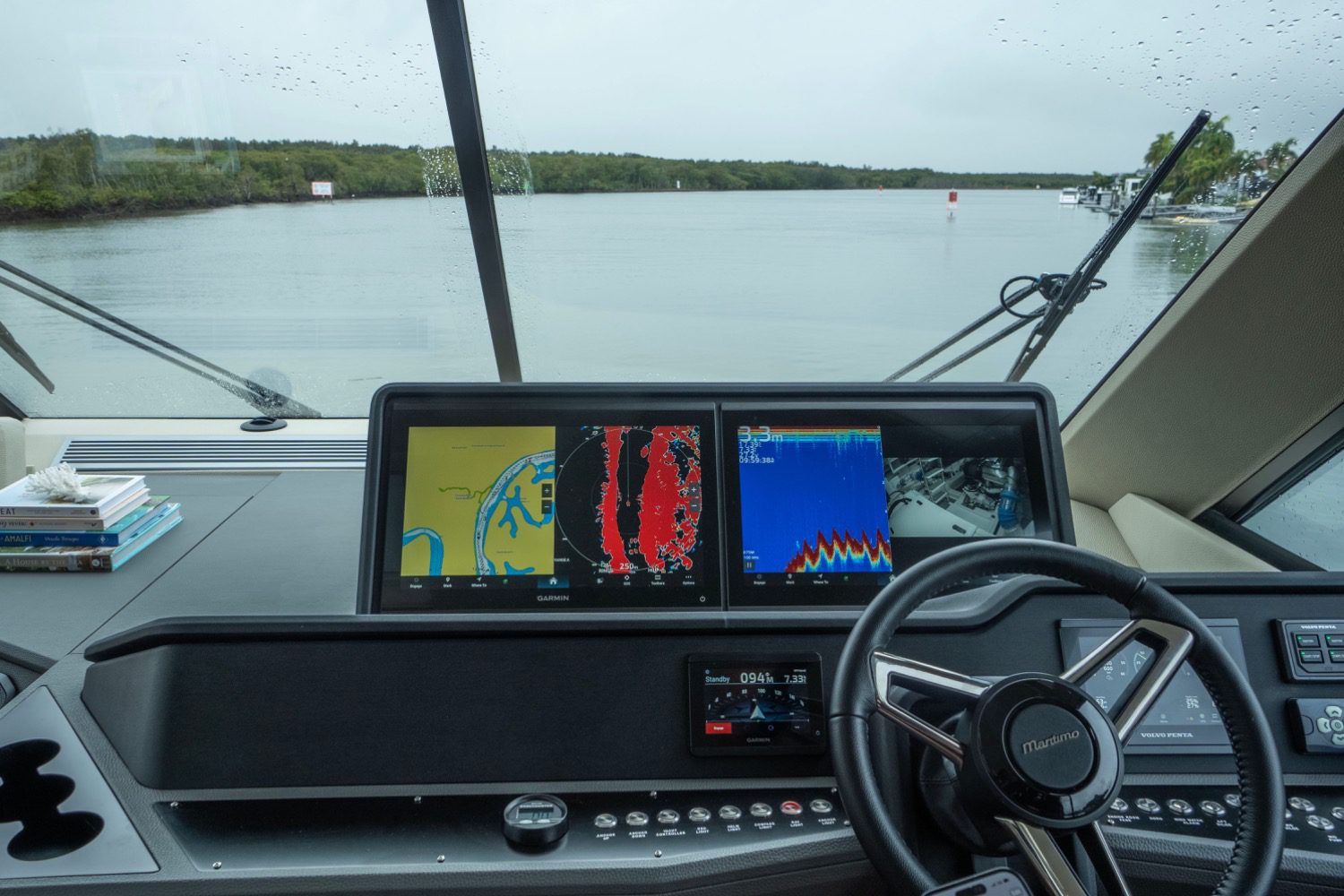
Sleeth describes a hybrid method. Namely, using digital tools for convenience, but backing up with handwritten notes and hardcopy references. For long passages or major repairs, he keeps an Excel sheet detailing expected arrival locations, associated suppliers, spare part delivery addresses, and key contact numbers, including Coast Guard and emergency services.
For daily passage making, especially on daylight-only motor yacht journeys, many experienced skippers prepare what’s called a ‘day sheet’. These compact plans might include departure time, expected landmarks or turns, known hazards, ETA, weather snapshots, and anchoring strategy.
This level of detail is not about micromanagement. It’s about preparation. If something goes off the rails, the crew can adjust without panic. If everything goes to plan, the skipper can relax during the benign segments, preserving energy and attention for the moments that matter.
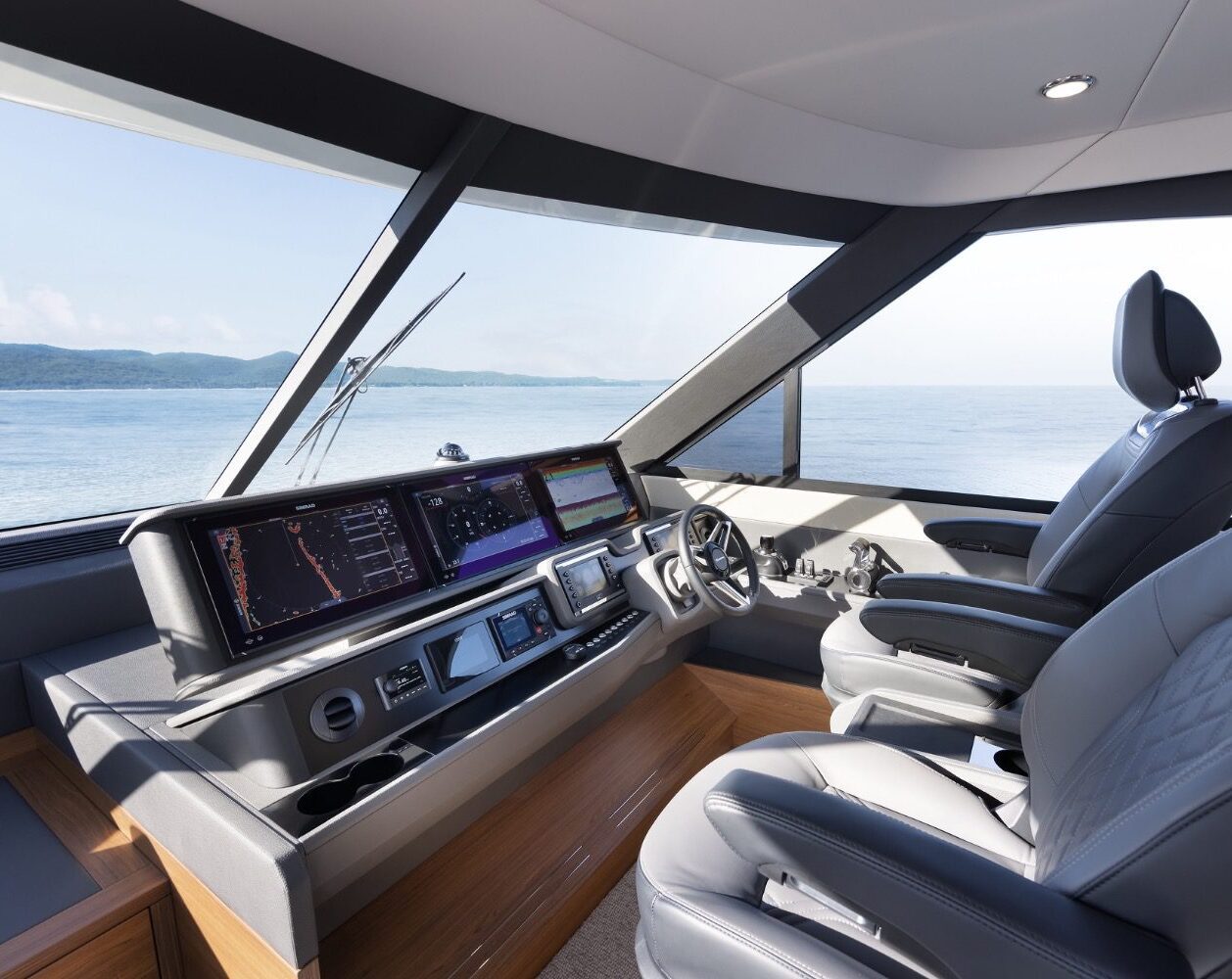
“Good planning allows the person responsible to switch off at the right moments,” Sleeth says. “That’s key. Fatigue builds up, even subconsciously. So if you know the next hour is clear of hazards, you can take a breath. It’s really important to know when to be on, and when you can switch off a little.”
On a luxury motor yacht, a seamless guest experience is just as important as operational precision. Sleeth recommends a dual-briefing strategy: a high-level overview after dinner the night before, and an updated weather or timing confirmation in the morning. This keeps guests informed, reassured, and engaged, without drowning them in unnecessary detail.
“You just don’t want people asking ‘how long ‘til lunch?’ every hour,” he laughs. “If they know the plan, they can relax. You can even let them know, ‘Expect some rolling tonight’. This kind of transparency helps everyone sleep better. It’s also about giving confidence. Imagine if a pilot were asked questions and couldn’t answer, ‘How long ‘til we get there? Or, ‘What height are we flying at?’ Or, not knowing when turbulence was going to hit. It wouldn’t give much confidence to the passengers, would it?”
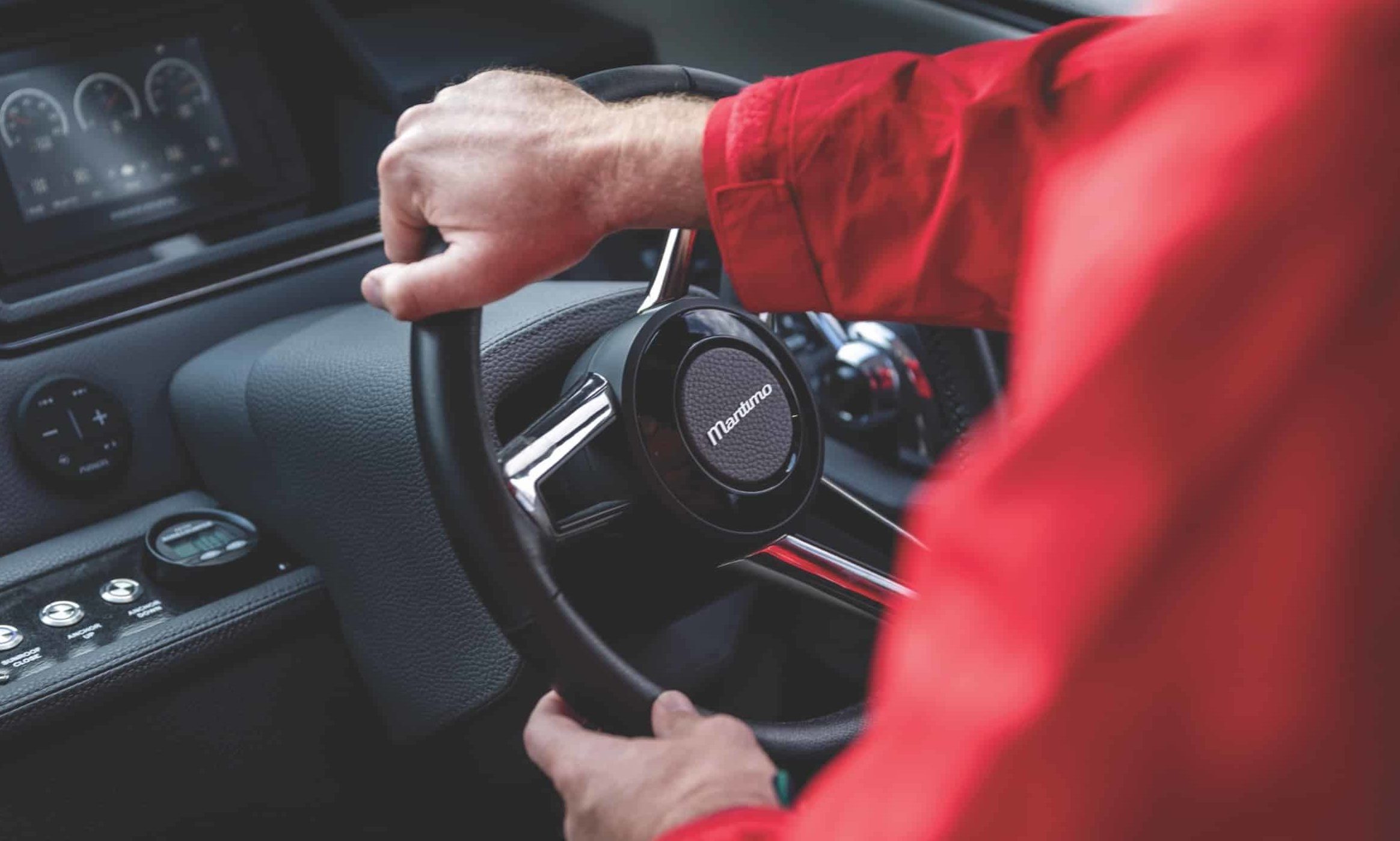
Especially relevant for Maritimo owners, fuel planning is a critical part of charting any meaningful course. Knowing your burn rate at optimal cruising speed – say 8.6 knots versus 10.2 – can be the difference between arriving with a reserve, or risking a call for a tow.
Some owners take this to a fine art, tracking to the tenth of a knot and choosing passage speeds to preserve just enough diesel for weather contingencies. Whether you’re crossing the Coral Sea or the Inside Passage, it’s not about running on fumes – it’s about arriving confidently, options intact.
One key takeaway from seasoned skippers: Don’t assume you’ll be told everything.
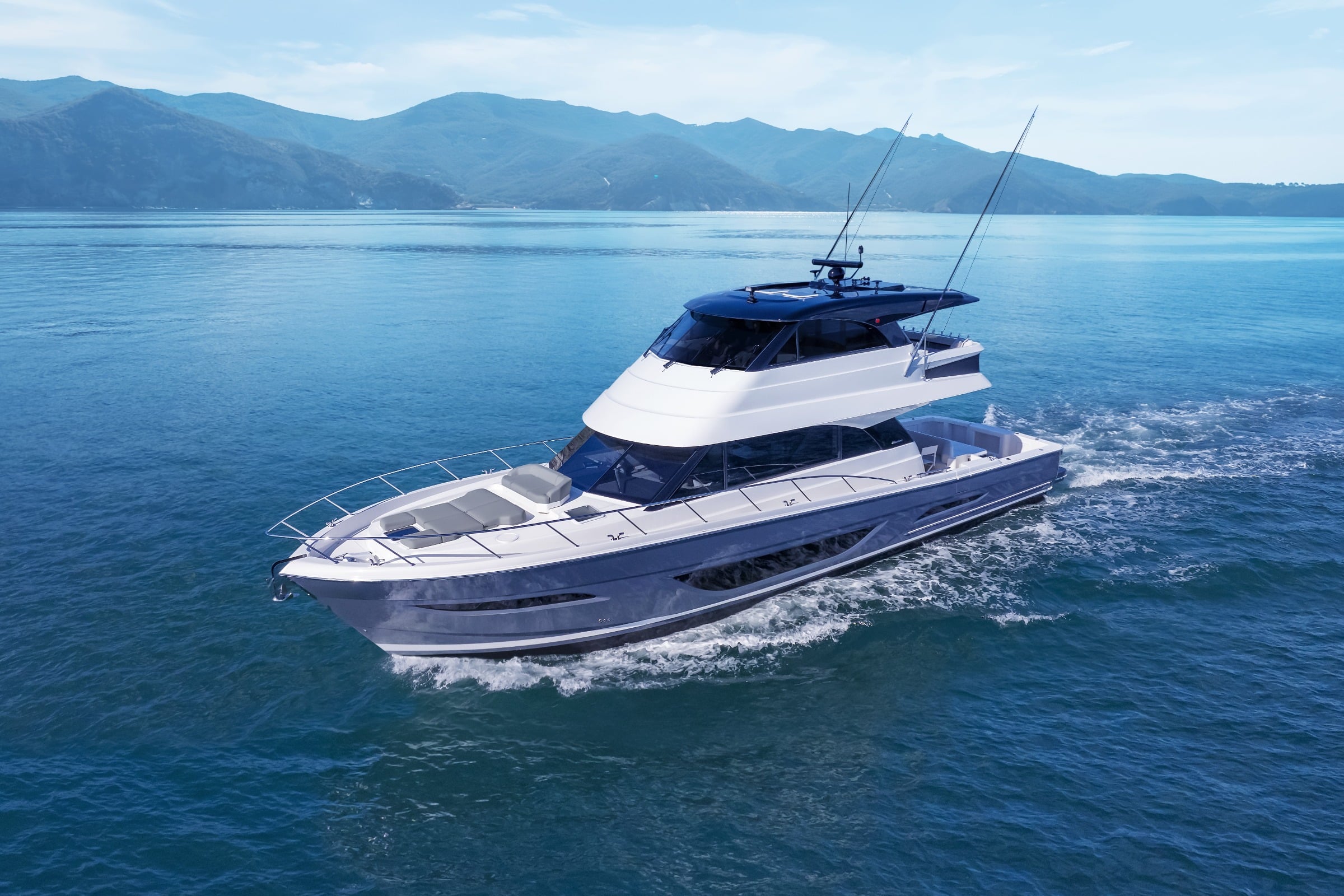
For example, in the Pacific Northwest of the US, tree logs, in their hundreds and the size of telegraph poles, float just below the surface, having washed off shores from high tides. It’s rarely mentioned in the cruising guides because locals just ‘know’. Off the Venezuelan coast, swollen rivers dump debris into the sea, carried by the current often up to 50 nautical miles offshore. These are the things that can bite you if you are unprepared. So, give them plenty of space.
When in doubt, ask around. Read the forums. Speak to locals or those who have been before you. And most of all-zoom in on your screen. What looks like a clear route on a wide-scale chart might reveal rocks, cables, wrecks or shoals when examined more closely. A second pair of eyes is always a good back up plan too, and a discussion. ‘Are you seeing what I’m seeing?’
Ironically, once all the research is done, drawing the actual course line might be the easiest part. What matters more is the intent behind it. What’s the purpose of the passage? What are the alternatives? What are you expecting – weather-wise, systems-wise, psychologically?
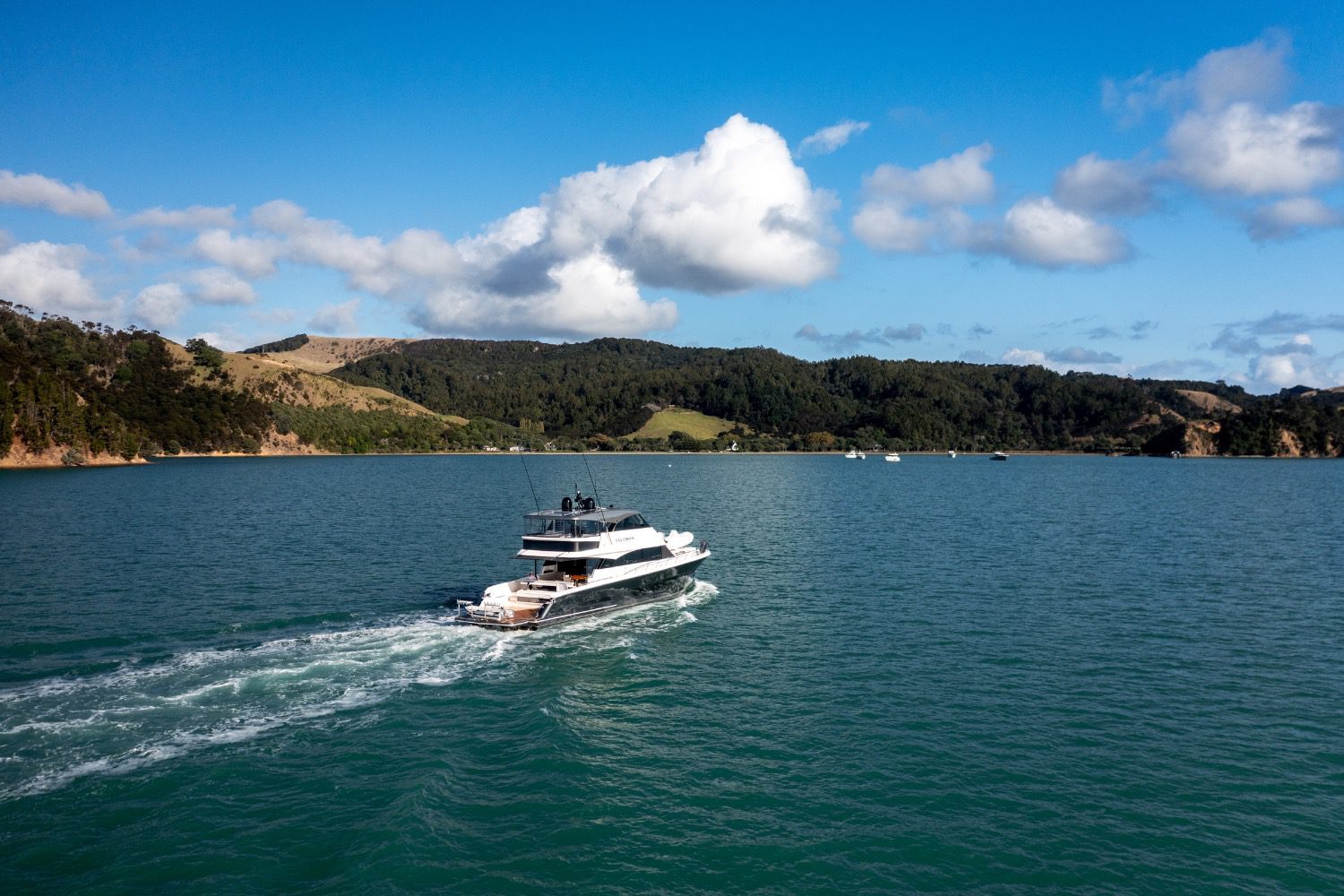
“Charting a course,” Sleeth notes, “is about envisioning the entire journey and breaking it down until there are no surprises.”
The pursuit of passage-making is rich and rewarding, but it’s not plug-and-play. It demands attention, research, common sense, and constant learning. From using Google Earth to analyse the seabed at an anchorage, to briefing guests over sunset drinks, successful course planning balances data with instinct, preparation with flexibility.
Technology might get us from point A to point B, but it’s experience, teamwork, and diligence that make it enjoyable, safe, and a truly memorable adventure.

